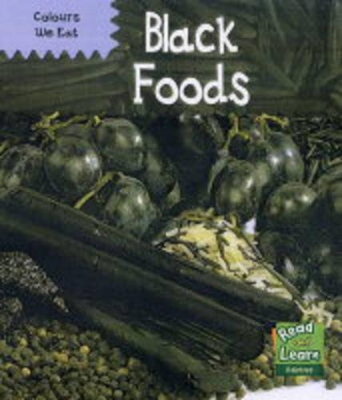
Spiders, Spiders Everywhere
No. of pages 16
Published: 2008
Add this book to your 'I want to read' list!
By clicking here you can add this book to your favourites list. If it is in your School Library it will show up on your account page in colour and you'll be able to download it from there. If it isn't in your school library it will still show up but in grey - that will tell us that maybe it is a book we should add to your school library, and will also remind you to read it if you find it somewhere else!
"Spiders, Spiders Everywhere" by Rozanne Lanczak Williams is an engaging children's book that explores the fascinating world of spiders. Through lively illustrations and rhythmic text, young readers are introduced to various types of spiders and their unique behaviors, from spinning webs to catching insects. The story invites children to discover the importance of spiders in nature, emphasizing their roles as both predators and gentle creatures. With a blend of education and entertainment, this book encourages curiosity about the natural world while alleviating common fears about these often-misunderstood arachnids. It’s a fun and informative read for budding nature enthusiasts. [Generated by language model - please report any problems].
This book features in the following series: Learn To Read-Read To Learn-Math, Read And Learn .
This book has been graded for interest at 6-7 years.
There are 16 pages in this book. This book was published in 2008 by Gardner Publications .
Animals in literature
Counting And Numbers in literature
Spiders in literature
Insects in literature
Nature in literature
Learning Concepts in literature
This book is in the following series:
Read and Learn
Read and Learn is our extensive collection that helps young readers discover and understand the world around them. These books are packed full of fascinating facts and intriguing, labelled photographs that will really grab their attention. Using questions to focus learning, each title will prompt discussion, encourage information gathering and truly involve children in the topics they are studying. "Finding Shapes" investigates the shapes that can be found at home, in school, in the park and those that can be found in nature. It develops simple mathematical skills as readers are invited to count the number of shapes they can spot, and includes a quiz to help with classifying objects in terms of their shape.



